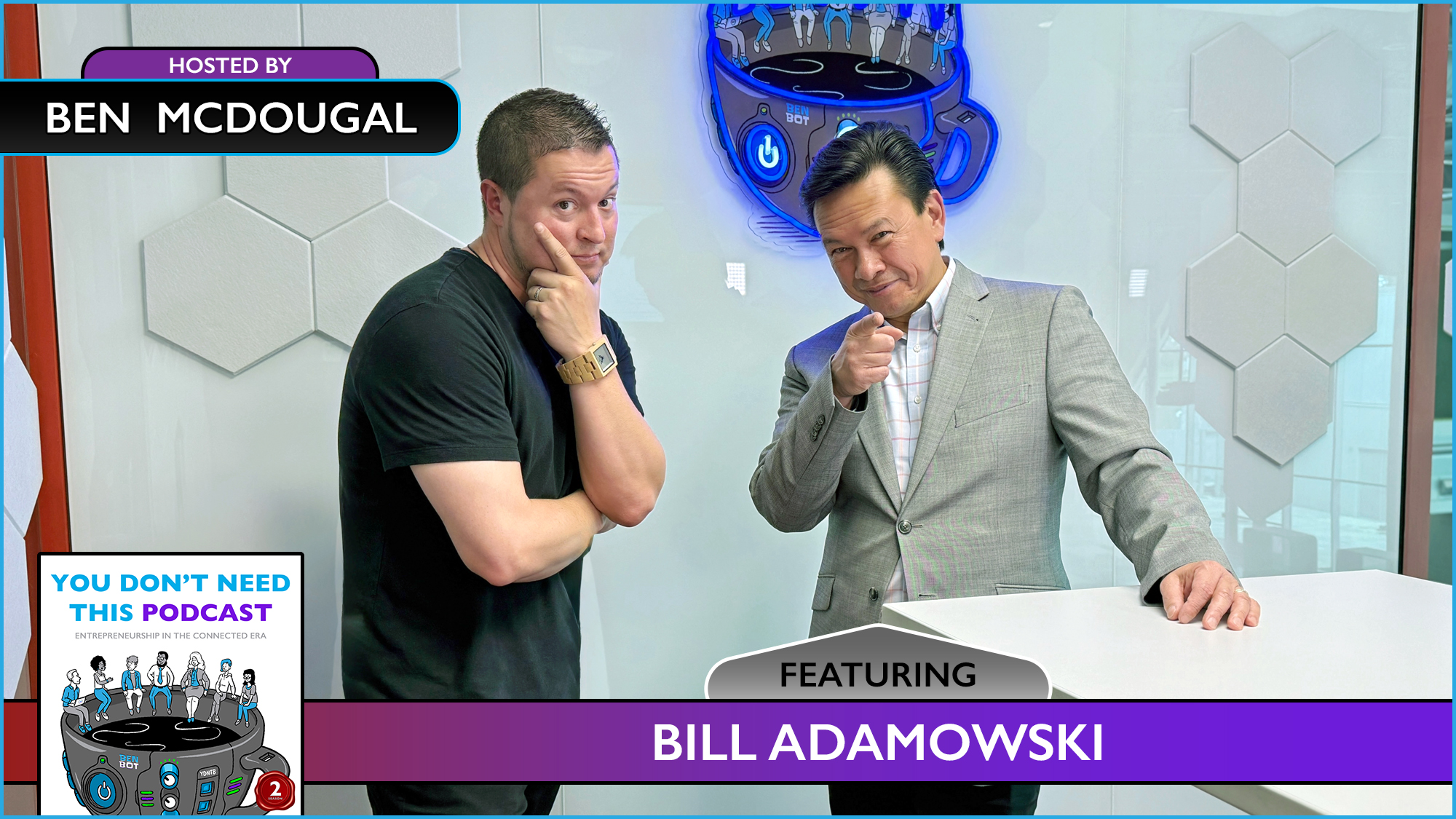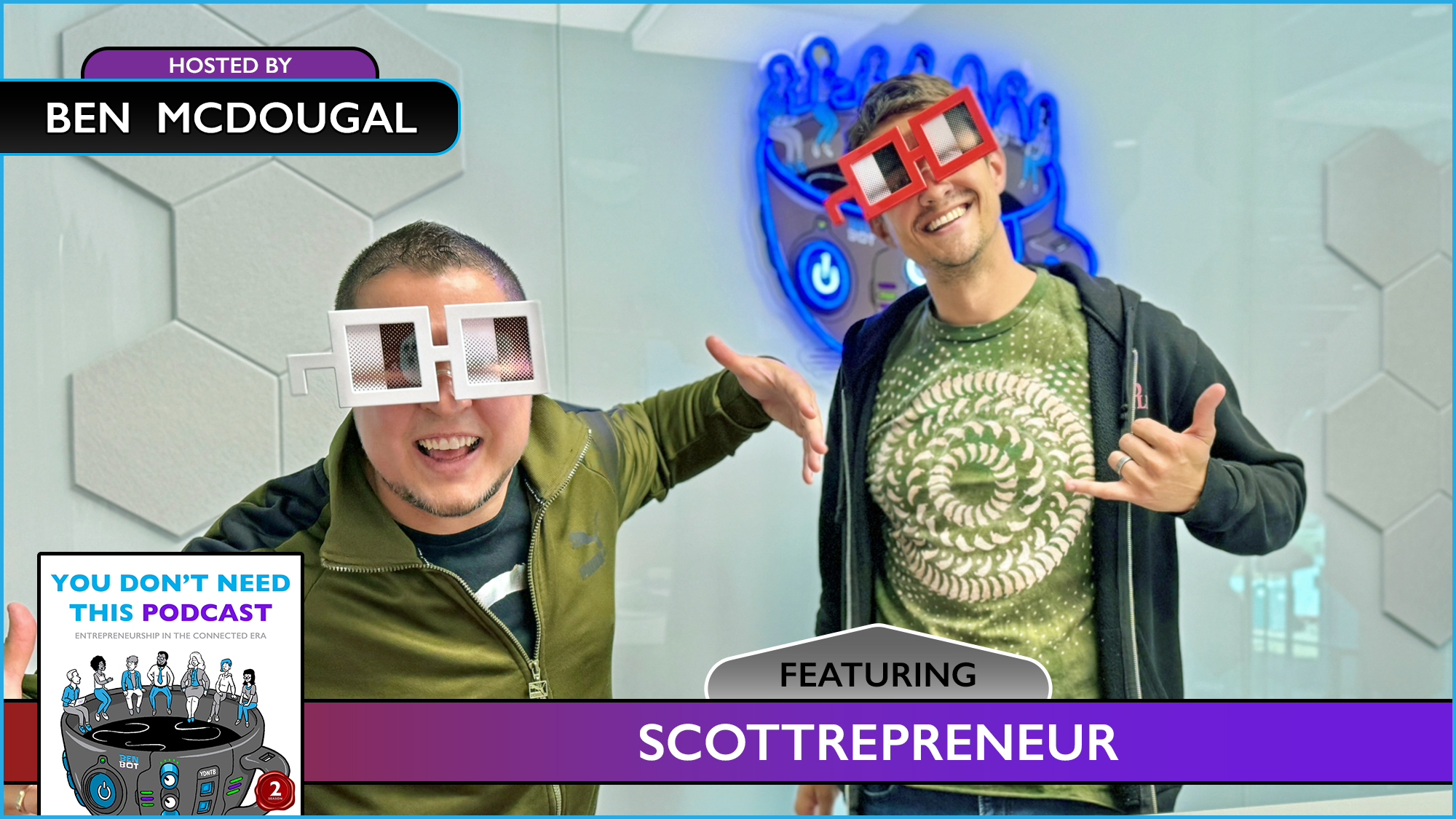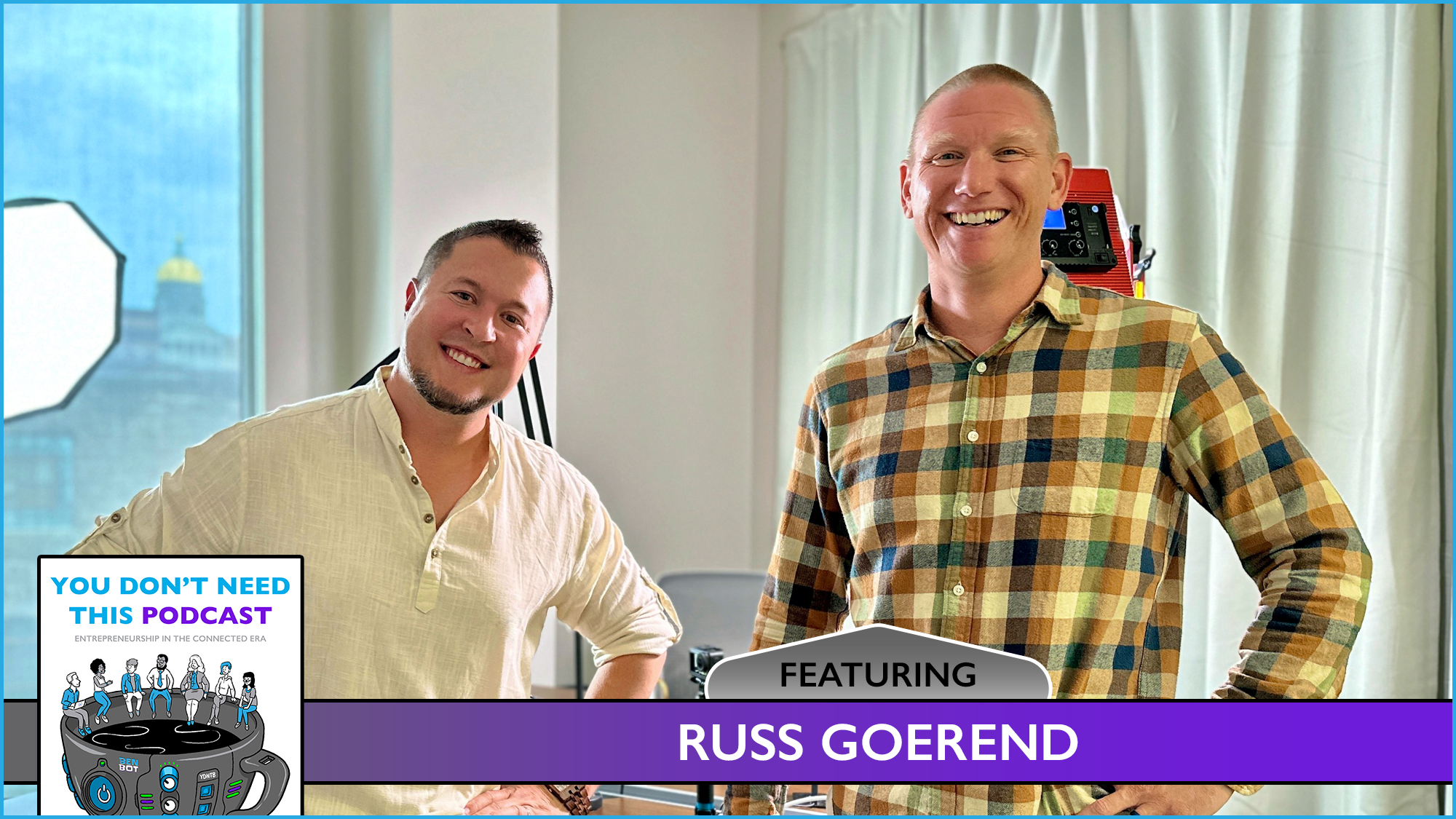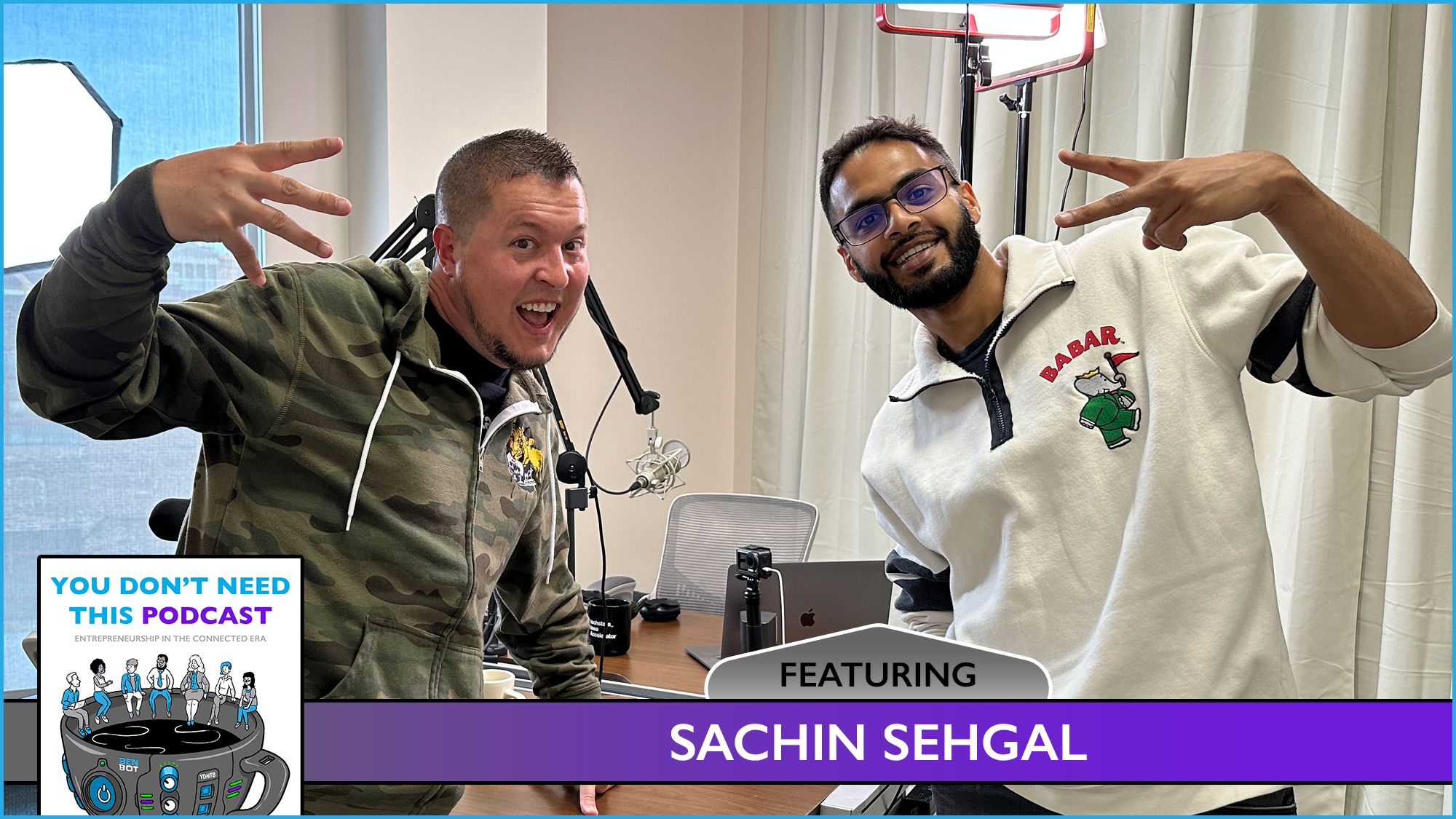The echo of an idea is always fading.
How can we extend ideation long enough to activate early moves, blow through barriers, and maintain lasting enrollment? This is clearly a loaded question. Much goes into enabling ideas into reality and the rate of an idea’s degradation depends on a million factors, but let’s sip on the artistry of pushing without being pushy.
As seen in the Ideation and Research chapters of YDNTB, personal reflection is the easiest way to think through the various angles that might make an idea interesting. This private contemplation doesn’t require much skill and we don’t get stuck trying to earn the attention of others. Unfortunately, the ease of your own activity is matched by the hardships that await those who don’t let ideas breathe. This is why stealth mode is precarious and ongoing customer discovery is key.
Extra Shot
Will you spend time or money?
When we share a new idea with someone else, the situation becomes complex. This is the moment we put our idea on a hook. It’s when we push past fear and invite doubt. Connecting dots within such complexity is difficult, takes time, and is never straightforward. Research helps to build confidence and adds clarity to how opportunities are articulated. While this preparation helps guide others through layers of understanding faster, a blend between patience and urgency is required to align interest.
This makes blunt repetition tempting, but ineffective. Whether it’s potential co-founders, mentors, early adopters, or investors, more of the same (without execution) can chase away interest. To avoid potential fading too fast, find different ways to motivate movement.
For a fun visualization, let’s imagine a small pond. If one pebble drops in, the lonely ripple would be obvious, but also fades fast. While it made a splash, it’s soon forgotten. Now, imagine many pebbles being thrown in different ways, all around the pond, and over time. The pond is now alive! The echo of each pebble is magnified and the abundance of rippled collisions leave a more lasting impact.
Like this pond full of pebbles, we can nudge progress long enough to activate action by adding variety into how we introduce and continue to explore an idea. Conversation in different environments, creative analogies, inquisitive questioning, active listening, talking about anything else, releasing reluctance, or getting more people involved are all ways you can keep building without seeming frantic, repetitive, or desperate. This intentional diversity allows different echos of one idea to each feel different, and yet, all bounce in the same direction.




